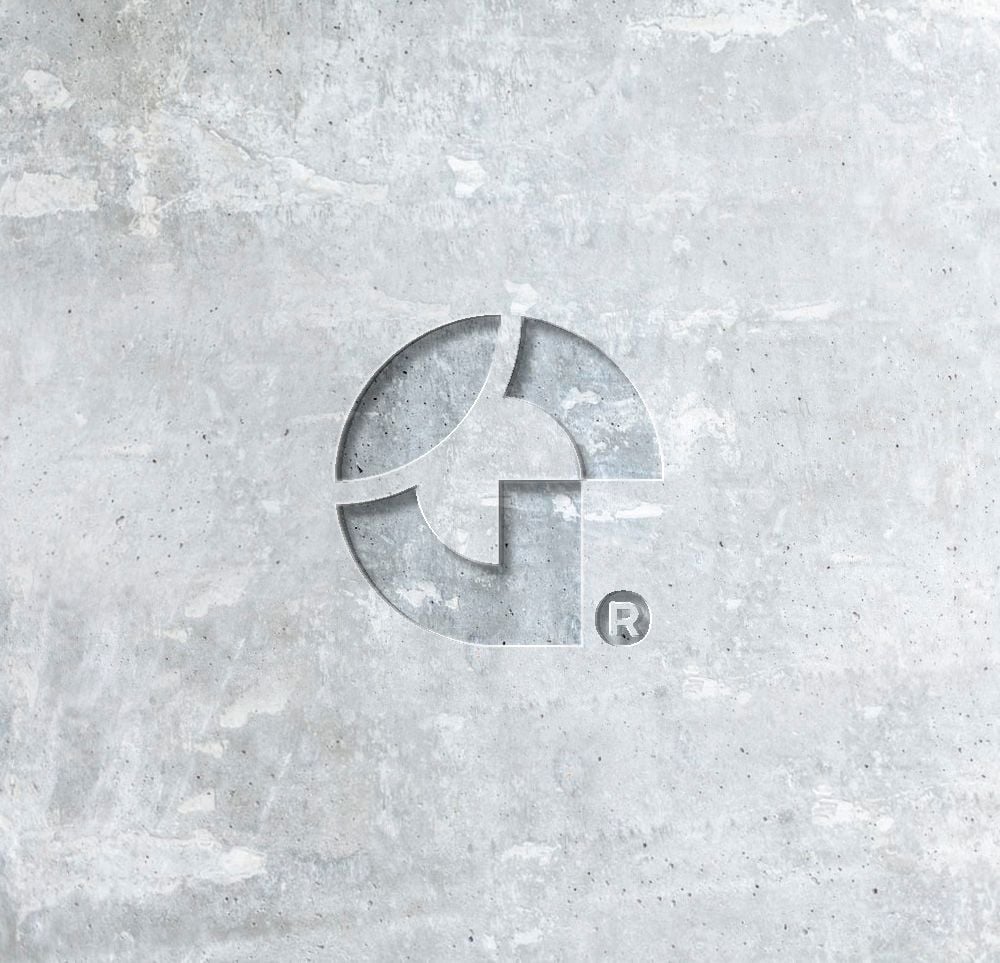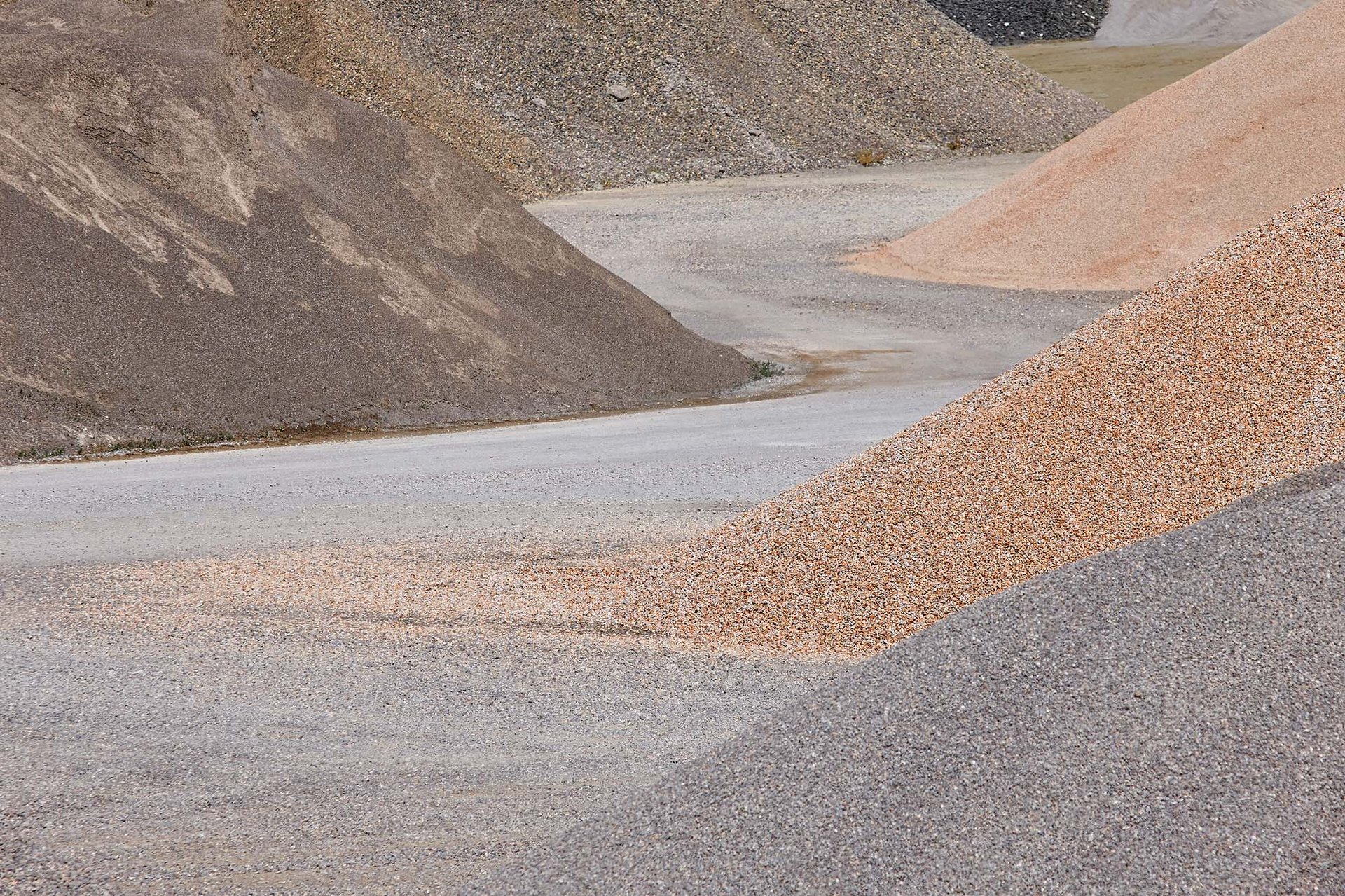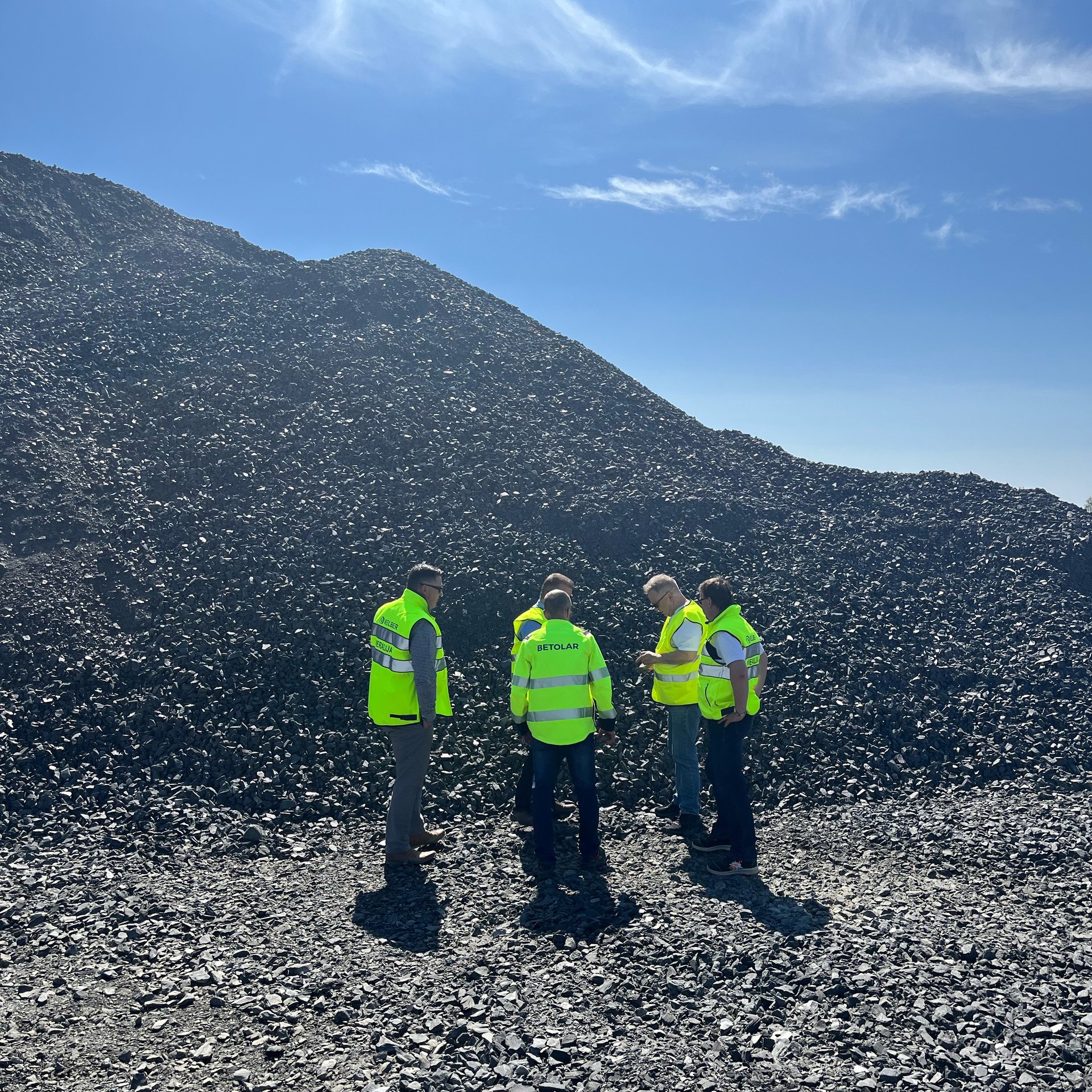Subscribe to the latest news
Sign up to receive updates on sustainable solutions and low-carbon materials from Betolar.
Geoprime is the secret recipe for reducing CO2 emissions. Learn more

View a video
I want to reduce the CO2 footprint of hollow-core slabs and other construction products
.jpg) Discover
Discover
I want to reduce the CO2 footprint of my landscaping and infrastructure concrete products
_lr.jpg) Discover
Discover
Press releases, company releases and management transactions
Articles
Success cases from our customers
Upcoming and past events
Learn more about our story and Betolarians
Interested in working at Betolar?
Become one of our trusted partners
Fill a form to contact us and we'll get back to you
Betolar careers
Reckon you are just the forward thinking professional we are looking for? Let us know about you!
Check available job positions
Check available job positions
Interim report
Check the webcast recording of our Q1 Business Review
View webcast
View webcast


What is Betolar?

Material supply, analysis services and consulting for waste and sidestream owners

Low carbon circular solutions and metal extraction for mining and metal industries
.jpg?width=1920&height=1280&name=Consolis%20Parma_lowres%20%20(22).jpg)
Groundbraking innovations in the building materials, including world’s lowest emission hollow-core slabs, enables reaching the most ambitious sustainability targets in construction
_lr.jpg?width=1920&height=1280&name=Betonilaatta_220315_NikiSoukkio%20(4)_lr.jpg)
Betolar enables concrete product manufacturers worldwide to offer low carbon products at competitive prices

Up to
80 %
smaller carbon footprint
Up to
95 %
of sidestream-based materials in Geoprime
100 %
technically proven for industrial production








"Betolar has created revolutionary innovations in building materials that greatly reduce both the use of scarce primary resources and the emission of greenhouse gases."
Ashok Khosla
"In collaboration with Betolar, we have conducted several industrial-scale production tests using different types of hollow-core slabs. The test results are so promising that producing such a structural product almost entirely without cement is feasible."
Hannu Tuukkala
"Our goal is to minimise our CO2 footprint, and integrating Betolar's cutting-edge technology into our key product lines is a significant step towards this."
Mehul Jain

Sign up to receive updates on sustainable solutions and low-carbon materials from Betolar.